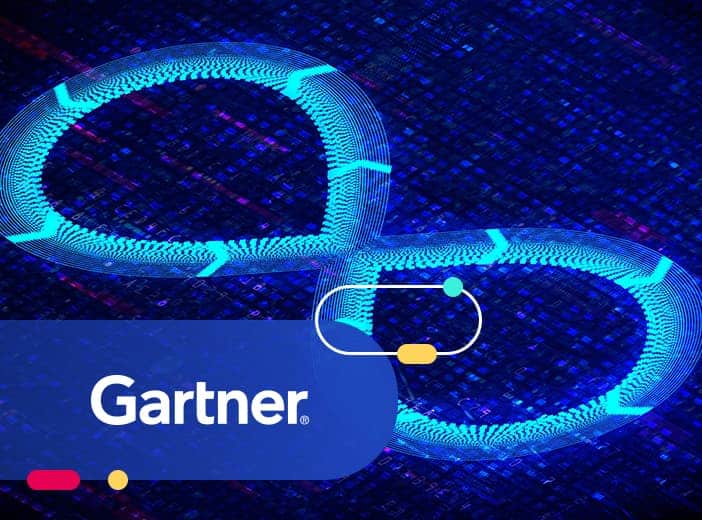Glossary
Embedded Analytics
The goal of embedded analytics is to make it easy for everyone to access and utilize data directly where they need it.
Faced with increasing volumes of data processed by businesses, new Business Intelligence (BI) trends are emerging to simplify data utilization and access. This includes embedded analytics. So, what is it? What are its advantages? Discover the answers in this article.
What is Embedded Analytics?
Embedded Analytics means that data from a third-party BI solution is integrated directly where the user needs it, such as a platform, a web application, a site, an intranet, or within a CRM system. This happens in real time. Embedded analytics components may involve visualizations, dashboards, algorithms, or reports. The goal is to allow users to explore and analyze data within familiar applications that they use everyday.
To better understand the concept of embedded analytics, here are some specific examples:
- Internally: Financial teams integrate analytical tools to examine financial trends, prepare budget reports, and forecast the company’s future performance. These analyses can be integrated into Enterprise Resource Planning (ERP) or financial management systems.
- For the general public: Governments can provide reports and web-based dashboards on public service performance, such as waste collection, public transport, or hospital waiting times, offering a transparent view of the services provided.
- With partners: Sharing integrated analyses with business partners can strengthen collaboration and operational efficiency. Organizations can create secure data portals to share dashboards related to sales performance, supply chain metrics, or sustainability information.
What are the benefits of Embedded Analytics?
The increasing popularity of embedded analytics among companies is due to the many benefits it offers:
Time-saving:
Traditionally, data analysis requires the use of multiple tools. This is no longer the case with embedded analytics. Employees don’t need to shift between different tools making up the organization’s technological stack, such as CRM and BI solutions, as everything is centralized in one place. Employees have simplified access to information, saving them time and enabling informed decision-making based on data.
Improved decision-making:
Embedded analytics allows users to easily cross-reference data from different sources. Employees are able to gain insights and take decisions based on trends and patterns identified by cross-referencing data. An additional bonus is that with embedded analytics, data is updated in real time, increasing confidence in decision-making.
Ensuring transparency:
Whether used internally or externally with partners, embedded analytics simplifies communication between different teams and streamlines access to data. Every stakeholder can access real-time information from different solutions. This ensures complete transparency between different departments or business units in an organization and fosters greater engagement internally and externally.
Facilitating data sharing and reuse:
Embedded analytics simplifies information sharing across ecosystems. Data is no longer isolated within data silos but open and accessible to business units. Employees can share and reuse data through a data portal.
Contributing to data democratization:
By facilitating data access, embedded analytics is an essential underpinning for data democratization, which is crucial for the development of a data-driven culture.
Learn more

Blog
Data virtualization: securely share your data on your marketplace, without duplicating or moving it
Data virtualization transforms the way organizations share and use their data. It allows data from external sources to be explored and consumed securely, without the need for duplication. In this article, Coralie Lohéac, Lead Product Manager at Opendatasoft, explains how deploying data virtualization within a data marketplace opens up new perspectives for data sharing and value creation within organizations.

Blog
How adopting a DataOps approach increases data value
The pressure is on Chief Data Officers to deliver greater value to the business, requiring a step change in team productivity and a focus on increasing data consumption. We explore how adopting DataOps methodologies helps achieve these key objectives.

Blog
What is an output port?
In an increasingly decentralized data and IT world built on modular data architectures, the data mesh and data product concepts are profoundly transforming the way we produce, govern and consume data. A specific technical feature is central to structuring this transformation: the output port. Often referenced in data-oriented architectures, the output port does much more than just output data. In this article, we explain what an output port is, what it is used for, how it fits into modern data architectures, and why it is essential for efficient, well-governed, and interoperable data flows.
